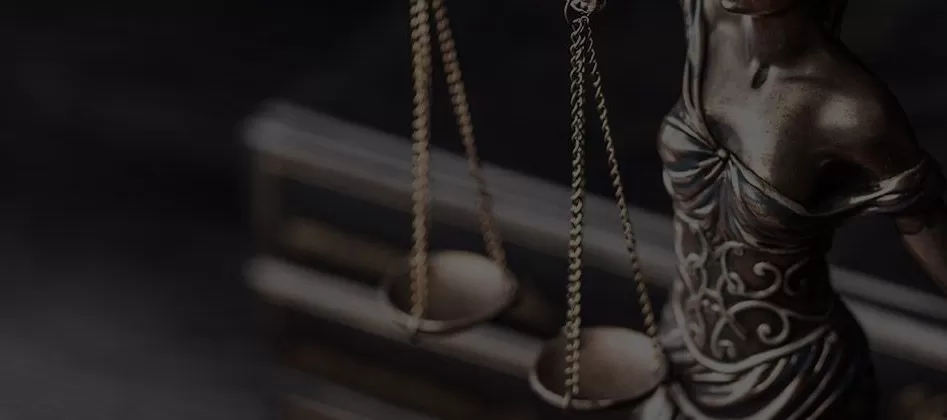
Many Californians are all too familiar with situations where an individual is unable to care for their child. Sometimes this is caused by financial strain, but, in other instances, incarceration, substance abuse, and mental health issues are a driving force in a parent’s inability to adequately care for their child. In these instances, legal action may be needed to ensure that a child has an appropriate legal caregiver. This is where a guardianship may prove beneficial, as it essentially instills parental responsibilities in an individual other than a child’s parent.
There are essentially two ways that a guardianship can come about. The first way a guardianship can be created is through the Juvenile Dependency system. Here, when children are removed from their parents by the state due to abuse or neglect, the court may appoint a guardian to ensure that the child has a safe home with a legally responsible adult. Although this may end a child abuse or neglect case, the guardianship may survive until the child turns 18. It is important to note that, although termination of parental rights and adoption may be possible through the juvenile system, guardianship does not terminate parental rights.
The second way a guardianship can come into existence is through probate court. Here, a child has typically been living with a family member or a friend for a significant period of time, and that caregiver then decides to make the relationship a legal one. Again, this type of guardianship can last until the child turns 18 or until the guardianship is terminated, whichever occurs first.
In both instances, the guardianship process can be amicable and straightforward, or it can be riddled with conflict and complications. Either way, those interested in pursuing guardianship may want to speak with a family attorney they trust who can help guide them through the process.
Request a Consultation
Fields marked with an * are required


